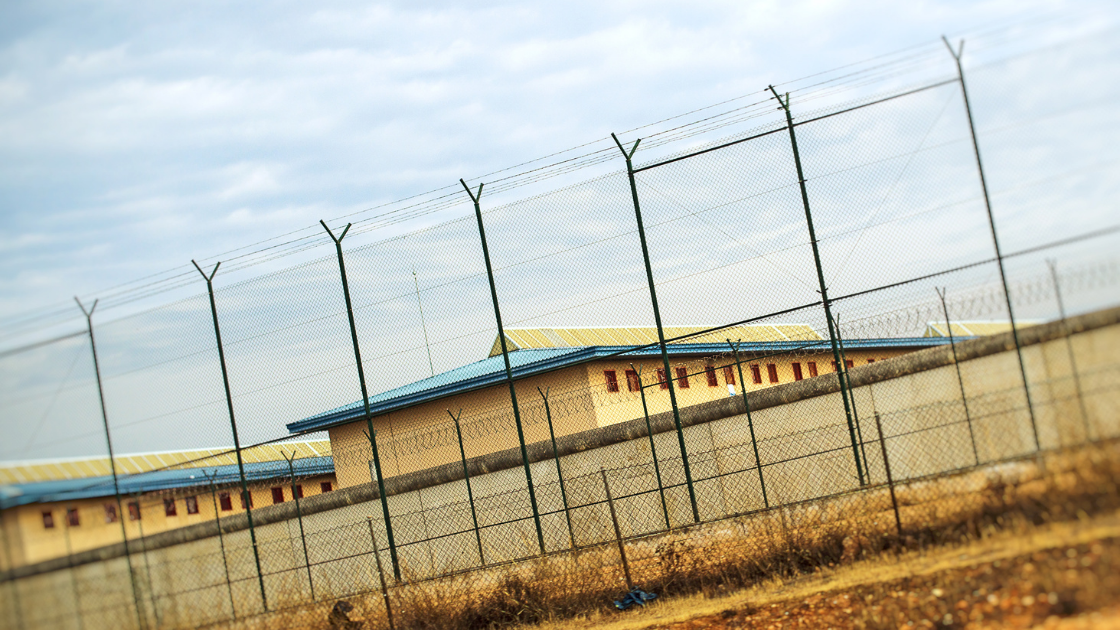In a world that increasingly demands revealing personal health information as a means of entry into public life, Wello is focused on prioritizing privacy for employee and patron health data. Although collecting and storing vital information such as universal health screenings, vaccination records, and employee temperature logs may be necessary for daily operations, it’s equally as vital to ensure privacy in maintaining records.
Not only does setting the precedent for health privacy ensure adherence to legal standards, but it also establishes a framework for employees and patrons to feel supported in the workplace, knowing their health information will remain private. Here’s how companies can utilize Wello’s software offerings – Wello portal and Wello Health Cloud – to help maintain employee health privacy, even in a shifting workplace, while removing the risks associated with manual written logs.
Privacy in the cloud
Instead of broad-based Covid testing programs or sole reliance on vaccination status, many workplaces elect to conduct universal entry screenings for better protection of both employees and patrons. For instance, the welloStationX temperature and health screening kiosks are empowering employers to help identify and reduce the risk of contagious illness spread in the workplace.
The welloStationX temperature and health screening kiosk allows both employees and patrons to utilize the objective, measurable data of temperature scans, along with health questionnaires, to create a risk profile upon entry. Additionally, for workplaces that use daily screenings, the welloStationX can create an individual profile for each user, allowing for the identification of trends that could indicate even a subtle temperature elevation from baseline—an important first sign of a potential infection that can not be identified by self-assessment alone.
However, building a database of individual profiles also depends on logging and storing regular health data. And it’s imperative that all stored health data be kept private and secure, for both employees and employers. So how can that be accomplished? Wello portal allows for several built-in privacy safeguards to ensure all health information remains private, while still allowing companies to adhere to necessary legal regulations for record reporting.
Additionally, the Wello Health Cloud – a private and secure vaccination and Covid-19 test tracking platform – allows for employee health records to be stored separately from HR data to ensure regulatory compliance. Each employee will have a separate profile specifically for vaccination and testing data and one large advantage is that the Cloud can be accessed via a self-service manner—meaning employees can upload vaccine records and new test results themselves, without third-party entry required.
Solutions for maintaining security
Building software that both records and maintains employee health information while also keeping all data private requires a multi-layered approach. One of the biggest factors is protecting people’s identities unless absolutely necessart. Wello’s software puts multiple safeguards in place to ensure robust privacy protection:
- De-Identification. Before the process of symptom logging and temperature tracking is even started, employees are given unique user IDs that are used in the system instead of identifying information. With custom QR codes and user IDs in place, private health information can be kept secure through the Wello portal, meaning that individuals’ identities can remain private unless absolutely necessary. This is a key added privacy protection to help ensure all laws and regulations surrounding data are followed.
- Data recall. Wello portal allows for data surfacing only as necessary, so employers can collect only the data they need, when they need it.
- Deletion options. When the health data you need is no longer needed, feel secure in knowing that full deletion options are present to permanently erase past information.
- Multi-factor authentication. Just like a multi-layered approach to infection mitigation in the workplace can be most effective, multi-factor authentication for both logging and accessing health information provides added security.
- Control configurations. With the welloX portal, administrators can set how data can be viewed and stored, and set up on-demand deletion or access as needed.
- Regulation compliance. Health records can be maintained and recalled as needed to adhere to ever-shifting workplace regulations, but still kept private. And utilizing the separate Wello Health Cloud ensures vaccination and testing information stays completely separate from employee information within the Wello portal as well.
Staying ahead with solution-based software
Workplace regulations and policies regarding health-based employee information may still be emerging, but it’s vital that employers are proactive in implementing solutions that emphasize privacy and security.
An emergent situation may necessitate short-term solutions for tracking and maintaining employee health information such as vaccination status, symptom management, illness outbreaks, exemptions, and temperature data, but the lack of a long-term strategy focused on keeping health data secure leaves the workplace vulnerable to a breach. Short-term strategies such as spreadsheet tracking, manual entries, or paperwork in different locations may meet minimum requirements but fall short long-term. For instance, things like data recall, employee privacy, data security, and deletion will all be challenging without a centralized secure storage option. Additionally, a lack of centralized data solutions means that procured health information cannot be effectively utilized for improvising workplace health and wellness strategy, such as in identifying illness trends or seasonal risks.
Taking time to be proactive and implement solution-based software can make all the difference in ensuring employee health information remains private, accessible when needed, and can be utilized to strengthen safety in the workplace.


